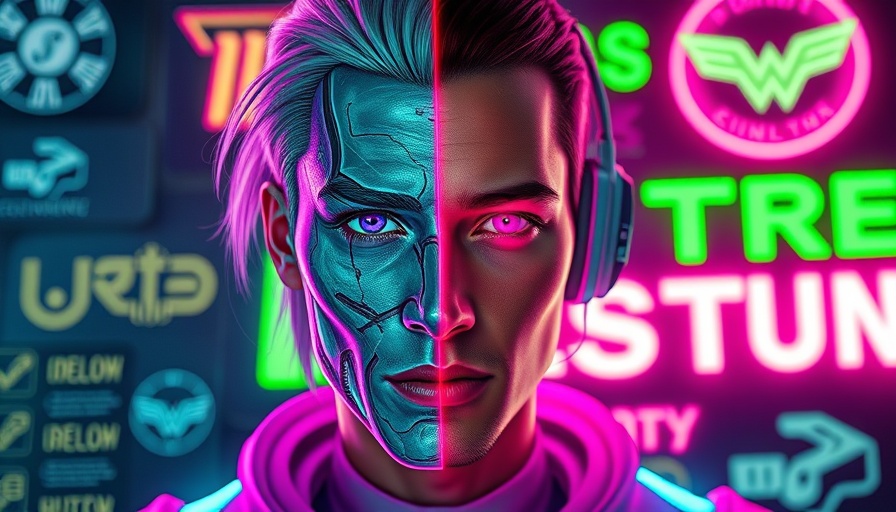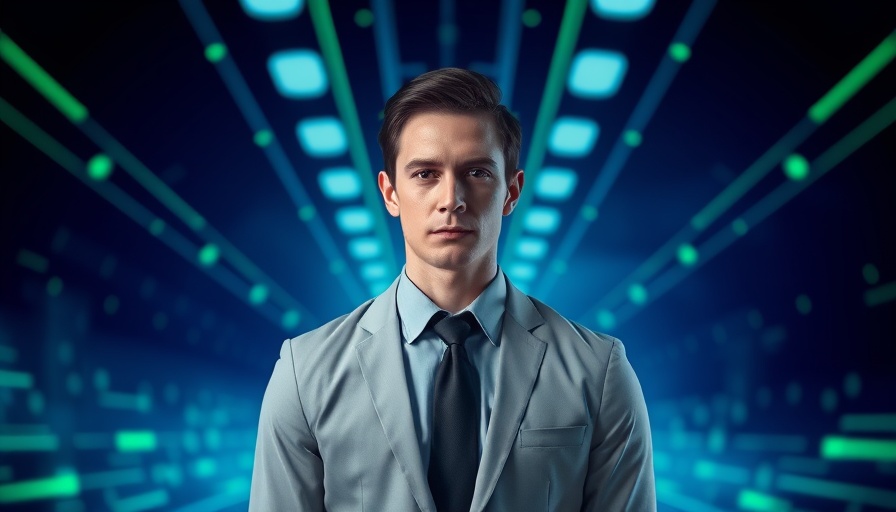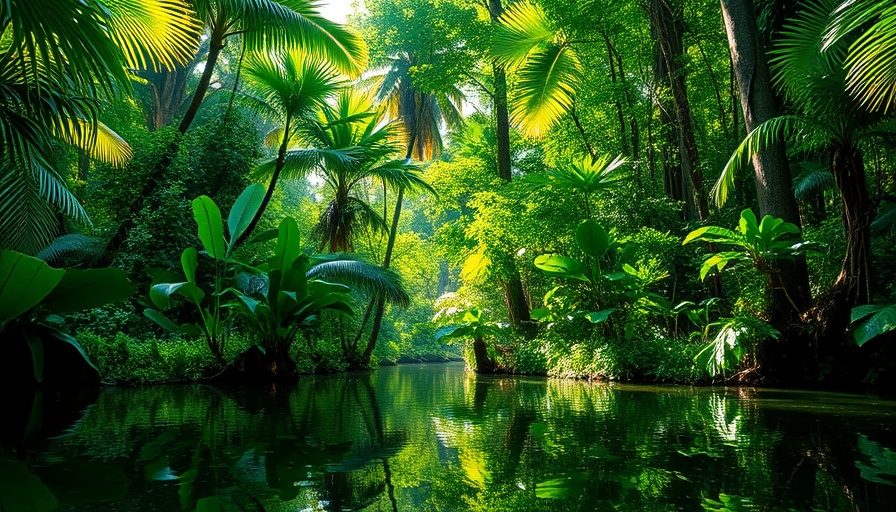
The Groundbreaking AI That Transforms Weather Effects
Imagine being able to alter the weather in a video you’re watching—adding fog, rain, or snow at will without any complex 3D modeling or physics simulations involved. That’s precisely what the latest advancements in AI technology have made possible. Recently unveiled techniques are able to efficiently synthesize weather effects on video footage, creating stunningly realistic environments that were previously thought to be impossible.
In NVIDIA’s New AI: Impossible Weather Graphics!, the discussion dives into groundbreaking AI technology, exploring key insights that sparked deeper analysis on our end.
How This AI Works
This remarkable step forward is anchored in a technique called AnyV2V, which offers a seamless way to apply various weather effects. Unlike older methodologies that would muddle scenes—rendering them veiled in unreal fog or poorly simulated rain—this new tech ensures visuals remain breathtakingly vivid and believable. Users can effectively set the desired weather effects on their footage, blending artistry with innovation to deliver impeccable results.
Practical Applications in Real Life
The implications of such technology extend far beyond aesthetic video enhancements. For industries like filmmaking, video gaming, and even simulation training, the potential applications are transformative. Self-driving cars, for instance, could benefit from immersive training scenarios that include every conceivable weather condition, preparing them for real-world encounters in a safe, controlled environment.
The Challenge of Weather Removal
But what if you want to remove weather effects altogether? That presents a much more complex dilemma. Removing elements like fog or rain requires the AI to reconstruct missing visual details authentically. It’s akin to undoing a scoop of milk from a cup of coffee—challenging due to the need to infill what’s concealed behind these weather effects. Fortunately, through self-supervised bootstrapping, the AI excels in reconstructing scenes, meeting the challenge head-on.
The Future of Photorealistic Scene Editing
Imagine not only being able to change the weather in your videos but also being able to edit physical properties of objects portrayed. This new inverse rendering technology successfully reconstructs environments from different perspectives and alongside advanced lighting techniques. The ability to edit materials while maintaining photorealism opens up an exciting new realm for creators, allowing them to dictate what elements appear in their films and games.
Conclusion and Reflection
As we explore how these advanced AI technologies impact various sectors, it becomes evident that innovations like this are transforming both art and life. Weather synthesis and removal capabilities bring tremendous value to diverse industries, from entertainment to training. This inspiring leap in technology showcases the tangible benefits of AI’s reach in creativity and functionality.
Are you intrigued by these possibilities? As technology continues to evolve and reshape our experiences, it’s an exciting time to explore how such innovations can enhance your projects and endeavors. Stay informed and embrace the future!
 Add Row
Add Row  Add
Add 




 Add Row
Add Row  Add
Add 

Write A Comment